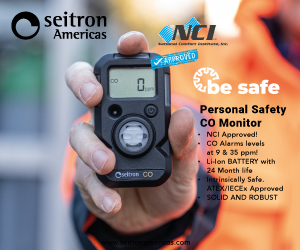Today’s word is career. Many HVAC contractors I speak to talk about the importance of creating career paths in their companies as a strategic initiative to not only enhance employee satisfaction, but to help retain them.
Here are 10 practical tips I’ve learned from various HVAC Industry professionals to help establish effective career paths for their employees:
- Assess Current Workforce and Roles — Evaluate Skills and Competencies: John Boylan of Lakeside Service says he conducts a thorough assessment of the current skills and competencies of his workforce to understand the strengths and areas for improvement among employees. — Identify Key Roles: Boylan identifies all key roles within the company, from entry-level positions to senior management. That includes understanding the responsibilities and skills required for each role.

2. Define Clear Career Progression Paths — Outline Career Ladders: In a recent column, NCI’s Dominick Guarino discussed the need to develop clear and detailed career ladders that show the progression from entry-level positions to higher roles. This should include both technical and managerial paths to cater to different career aspirations. — Set Milestones: Guarino says you should define specific milestones and criteria for advancement. This could include years of experience, completion of in-house training programs, attainment of certifications, or demonstrated competencies.
3. Provide In-House Training and Development Opportunities — Offer Ongoing Training: Implement continuous training programs to help employees acquire new skills and stay updated with industry advancements. This could include in-house training, online courses, workshops, and seminars. — Support Certification: Encourage and support employees in obtaining relevant certifications, such as NCI (National Comfort Institute) certification or NATE (North American Technician Excellence) certification. Covering the costs of certification can be a great incentive.
4. Implement Mentorship and Coaching Programs — Pair Employees with Mentors: Establish mentorship programs as Alana Ward of Baggett Services does. This is where experienced employees can guide and support newer or less experienced staff. This helps in knowledge transfer and provides career guidance. — Regular Coaching Sessions: Schedule regular coaching sessions to provide personalized feedback and career advice. This helps employees understand their progress and areas for improvement.
5. Create Individual Development Plans — Personalized Career Planning: Work with each employee to create an individual development plan (IDP) that outlines their career goals and the steps they need to take to achieve them. Regularly review and update these plans to reflect progress and changes in career aspirations. — Set SMART Goals: We talked about SMART goals (which are Specific, Measurable, Achievable, Relevant, and Time-bound) during the HVAC Summit some years ago.
Click Below for the Next Page:













Recent Comments